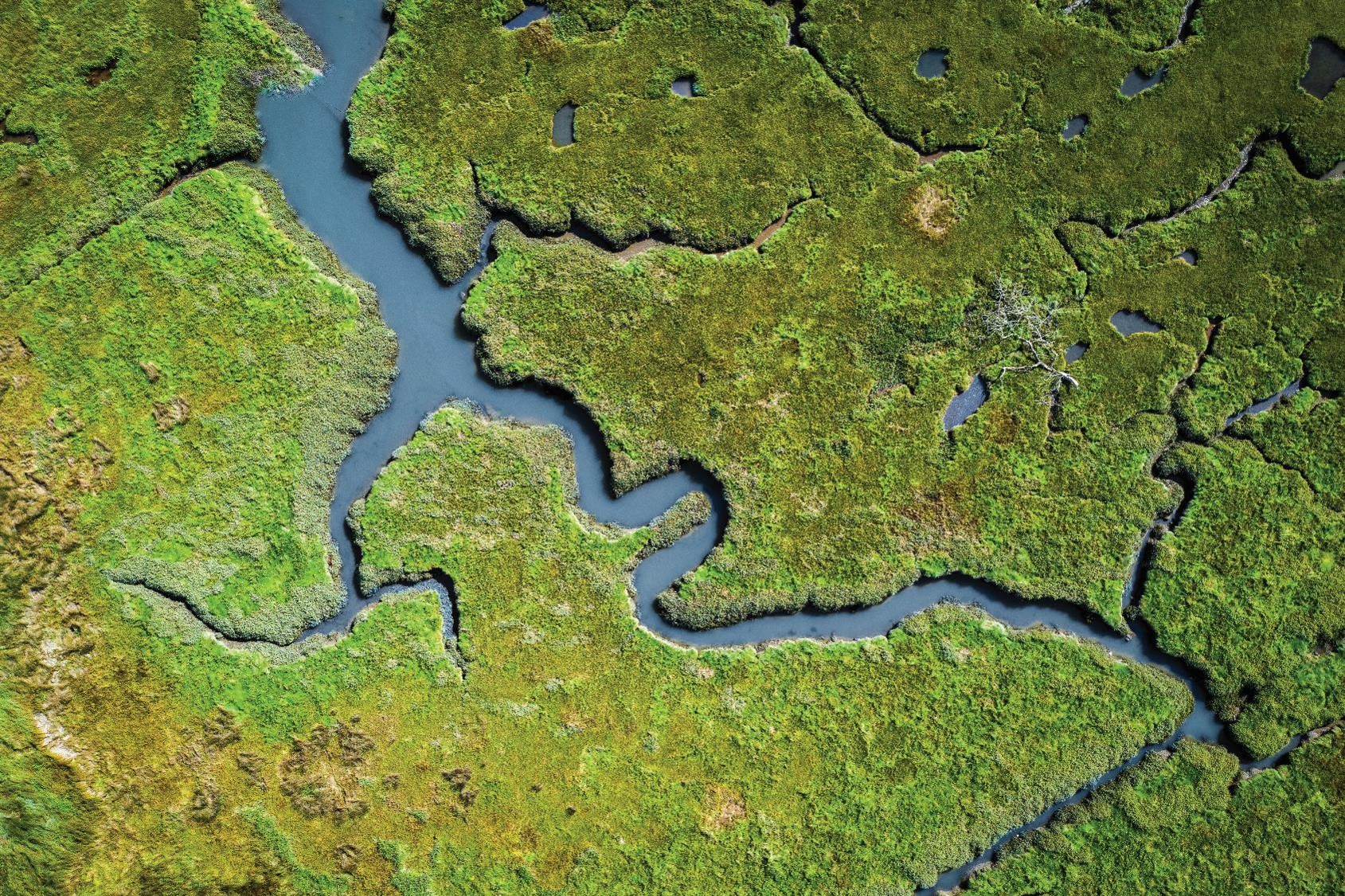
Insights: Wetlands and invasive species
Wetlands: a precious ecosystem under threat from invasive species
From the coastal mangroves and sawgrass marshes of the Everglades in southern Florida to the vast floodplains of Kakadu in northern Australia, wetlands are home to an astounding array of plant and animal species. Found on every continent except Antarctica, wetlands are one of the most biologically diverse ecosystems on the planet. However, like many other ecological communities, the health of our wetlands is threatened by a range of factors, including:
- Invasive species
- Illegal fishing and poaching
- Climate change
- Deforestation and forest degradation.
Here we focus on invasive species given they are an increasingly significant threat to our wetlands that are often underestimated. Because it’s so difficult to access swampy landscapes from the ground, it’s hard to study the movement and behaviour of invasive species, making them incredibly challenging to control and manage.
With the focus of this year’s World Wetlands Day on ‘Wetlands Action for People and Nature’, Wildlife Drones is taking the opportunity to raise awareness about the impacts of some of the most prolific invasive wetland animals in the United States and Australia. This includes invasive predators like the Burmese python and poisonous species like the cane toad which both result in large-scale impacts on vulnerable wildlife.
We are taking a look at what makes these invasive species so difficult to manage, and how our drone-based radio tracking technology can help environmental managers build a better understanding of these animals, to take targeted action for more effective invasive species management.
Wetlands are a unique and important ecosystem
It is estimated that wetlands cover approximately 6 per cent of the Earth’s land area, with Australia and the United States alone having over 100 Ramsar wetlands, measuring roughly 10 million hectares.
Wetlands perform several important functions. In addition to supporting thousands of plant and animal species, they:
- Prevent flood damage by slowing the flow of water;
- Improve water quality by absorbing excess nutrients and pollutants before they reach other bodies of water; and
- Play a vital role in global food security—they have been used for thousands of years for crop production, and their health directly influences the water table.
Despite the critical roles wetlands play in underpinning biodiversity, regulating the climate, and supporting agricultural production, it is estimated that around one-third of the world’s wetlands were lost between 1970 and 2015 and that this rate of loss is only increasing.
While urbanisation, population growth and climate change are some of the main forces behind this decline, invasive species are emerging as a key threat to remaining wetlands.
Whether it’s nutria wreaking havoc across California, wild hogs trampling swamps in Texas, feral pigs destroying endangered species habitat in the Macquarie Marshes, or Burmese pythons spreading prolifically in the Everglades National Park, invasive species are difficult to track, and therefore hard to control.
What is an invasive species and why are they such a threat to wetlands?
An invasive species is any organism that is both non-indigenous and harmful to the region to which it is introduced. Often, invasive species are introduced to the wild as a result of the illegal wildlife trade. Invasive species typically adapt easily to their new environments, where they thrive without natural predators, and outcompete native species for resources.
Below we highlight just a few examples of invasive species that are having a significant impact on wetlands in the United States and Australia.
Burmese python (Python bivittatus)
Measuring up to seven metres long, and weighing in at up to 90 kilograms, the Burmese python is one of the largest snakes in the world. Despite being a threatened species in its native Southeast Asia, the Burmese python has established a breeding population within the tropical wetlands of Florida’s Everglades National Park, where it is now considered one of the area’s most concerning invasive species. Burmese pythons produce between 12 and 36 eggs each season, and recent research indicates the reptiles are expert navigators, able to forage for food long distances from their home territory, and easily find their way back again.
The U.S. Geological Survey estimates that there are tens of thousands of Burmese pythons living in the Everglades, and attributes significant declines in native populations to the reptile—particularly in areas where the pythons have been long-established. A 2012 study found that raccoon, opossum and bobcat populations had all fallen by more than 85 per cent since 1997, and that marsh rabbits, cottontail rabbits and foxes had effectively disappeared.
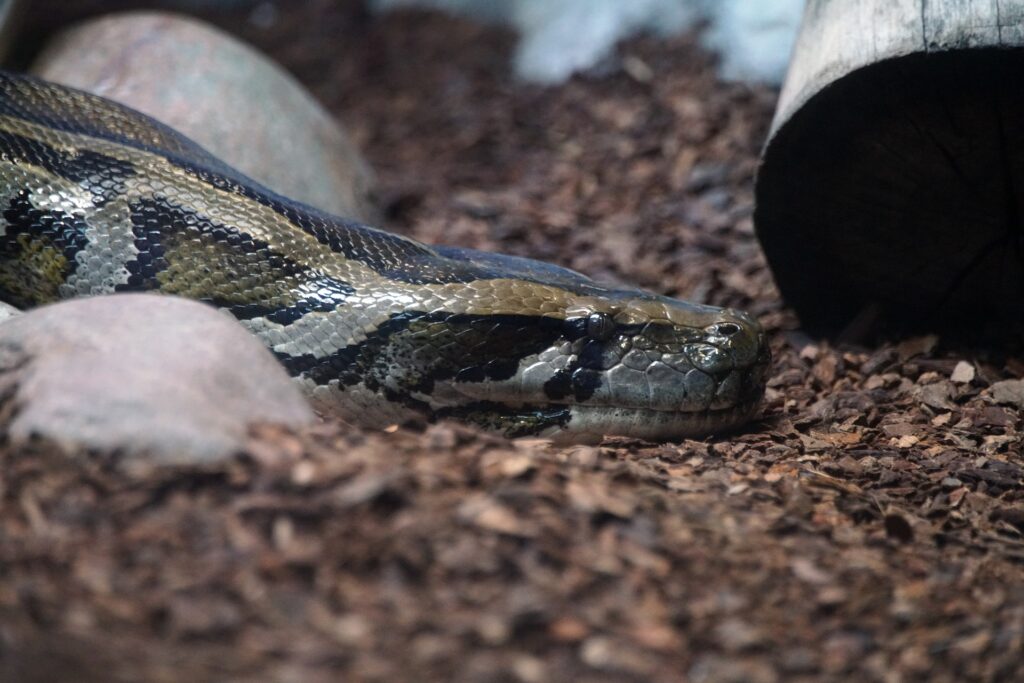
Nutria (Myocastor coypus)
Also known as the coypu, nutria are a large, semi-aquatic rodent that were introduced to North America by fur farmers in the late 1800s. They are one of the most destructive invasive species damaging marshes throughout California and Louisiana, where they cause damage by burrowing into the banks of watercourses and feeding heavily on native plants. Because they feed year-round, they significantly reduce wetland biomass, both removing food for other animals and making the wetlands more susceptible to water inundation.
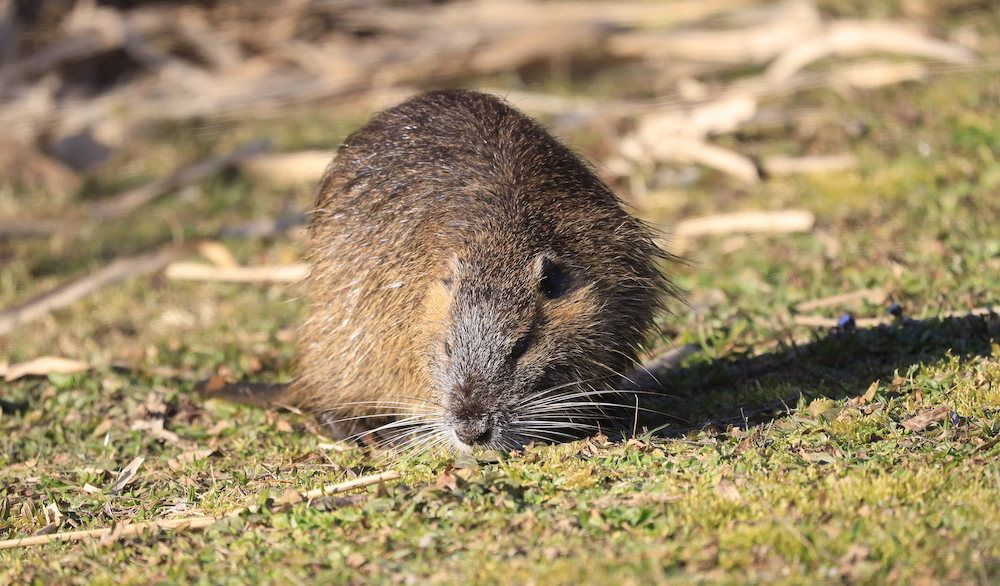
Cane toad (Rhinella marina)
Equipped with poisonous glands, a voracious appetite and a prolific breeding ability, the cane toad has long been considered one of the most destructive invasive species in Australia. Native to South and Central America, cane toads arrived in Australia in 1935 at the behest of the sugarcane industry, as a means to control the cane beetle. Since then, they have rapidly colonised much of northern Australia, and can been found as far south as northern NSW.
With no natural predators in Australia, cane toads are proving difficult to contain and are a significant threat to Australia’s wetland ecosystems, where they outcompete native species for resources and poison animals that mistake both the adults and their tadpoles as a good food source. In Kakadu, the cane toad has been linked to the decline of northern quolls and large goannas, and they have recently been found in the internationally renowned Paraku wetlands in the Kimberley, where they are a threat to goannas and snakes.
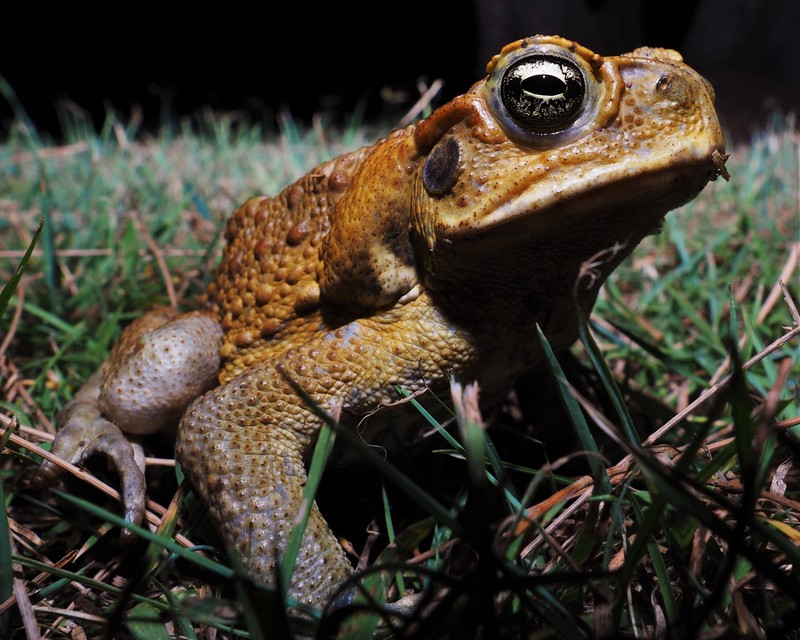
Feral Swine and Feral Pigs
Feral swine — or feral pigs as they are also known — are one of the most destructive invasive species in the United States and Australia. They were introduced to both countries by early settlers as livestock, but their populations have rapidly expanded over time, due to their adaptability to various climates, translocation by humans and an absence of natural predators. In the US, the feral swine population is estimated at around 6 million, and the numbers are even larger in Australia, where feral pig populations have now exploded to reach 24 million! They are a serious threat to many ecosystems, including wetlands, as they carry weeds and disease, trample sensitive vegetation, degrade soil and water and prey on native species.
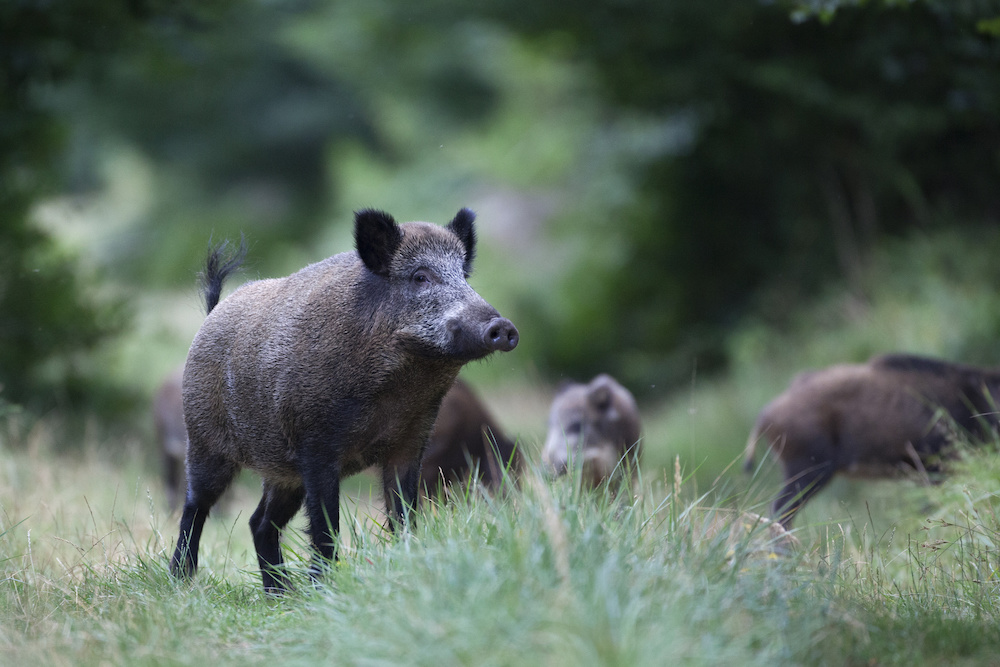
Understanding how invasive species use wetlands is the key to effective management—but gaining this knowledge is challenging
Timely and accurate insights into how an invasive species interacts with its environment are critical to developing effective and well-targeted invasive species control programs. However, this data can be time-consuming and resource-intensive to obtain for three main reasons:
- Swampy terrain is notoriously difficult to traverse. The majority of radio-tracking is still undertaken on foot—a near impossible task in many wetlands, where wading through deep mud is arduous at best, and often impossible.
- Invasive species are difficult to track. Many invasive species — such as cane toads and Burmese pythons — can only be tracked with Very High Frequency (VHF) radio tags since GPS tags are not suitable. However, manual VHF radio tracking is labour-intensive as it requires wildlife biologists to search for tagged animals on foot with a handheld receiver. Furthermore, larger invasive species are often either difficult to handle (like the Nile Crocodile!) or hard to detect once tagged, particularly if they live in dense swampy vegetation.
- Wetlands can be dangerous places to work. Researchers and invasive species managers have limited visibility of large dangerous creatures, both native and invasive, like the various species of crocodile that frequently lurk undetected in swamps.
Wildlife Drones’ world-leading technology makes it faster, safer and more cost-effective to gain the insights needed to successfully manage invasive species
Wildlife Drones is acutely aware of the damage invasive species are causing to sensitive wetland ecosystems around the world. That’s why we work with land managers to help build a robust picture of how the pests they’re trying to control move through the environment.
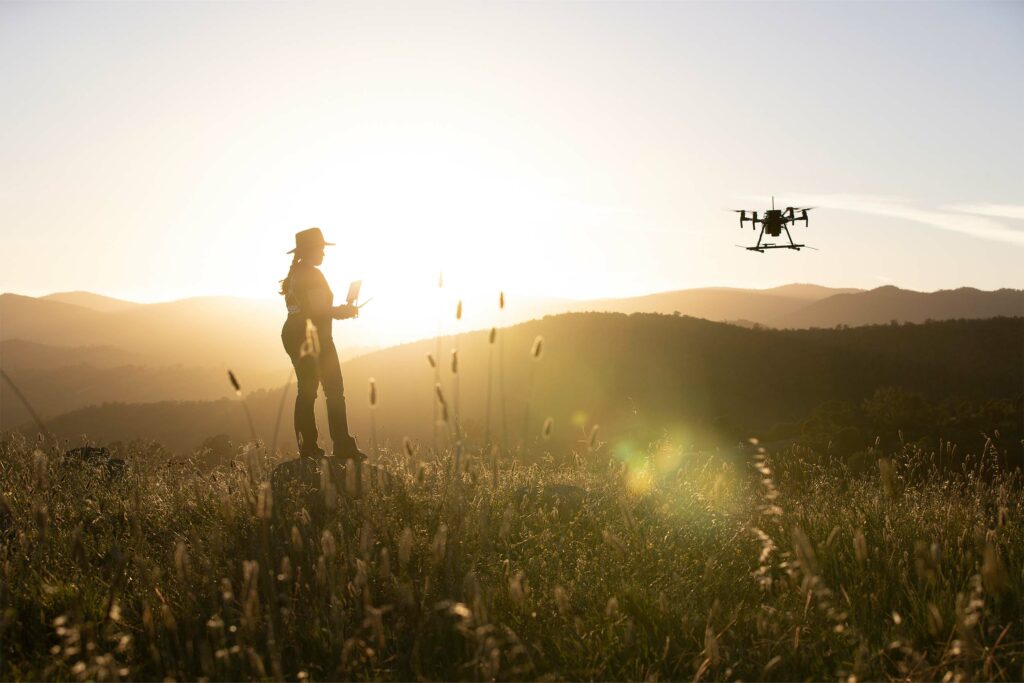
Our drone-based radio tracking technology gives wildlife biologists the information they need to take timely and efficient management action on the ground—all while removing the need to physically traverse challenging and dangerous wetland landscapes. With our technology, invasive species managers can rapidly locate and track up to 40 tagged invasive animals in real-time, saving immense amounts of time, effort and money, while safely collecting more data than ever before.
If you’d like to hear more about how our technology can help you manage invasive species, get in touch with the team at Wildlife Drones today.

Alice Wisse is an experienced management consultant, freelance writer and content creator. She is an adept project manager and sharp analyst, who enjoys working with organisations to refine their strategic direction and effect positive change.

